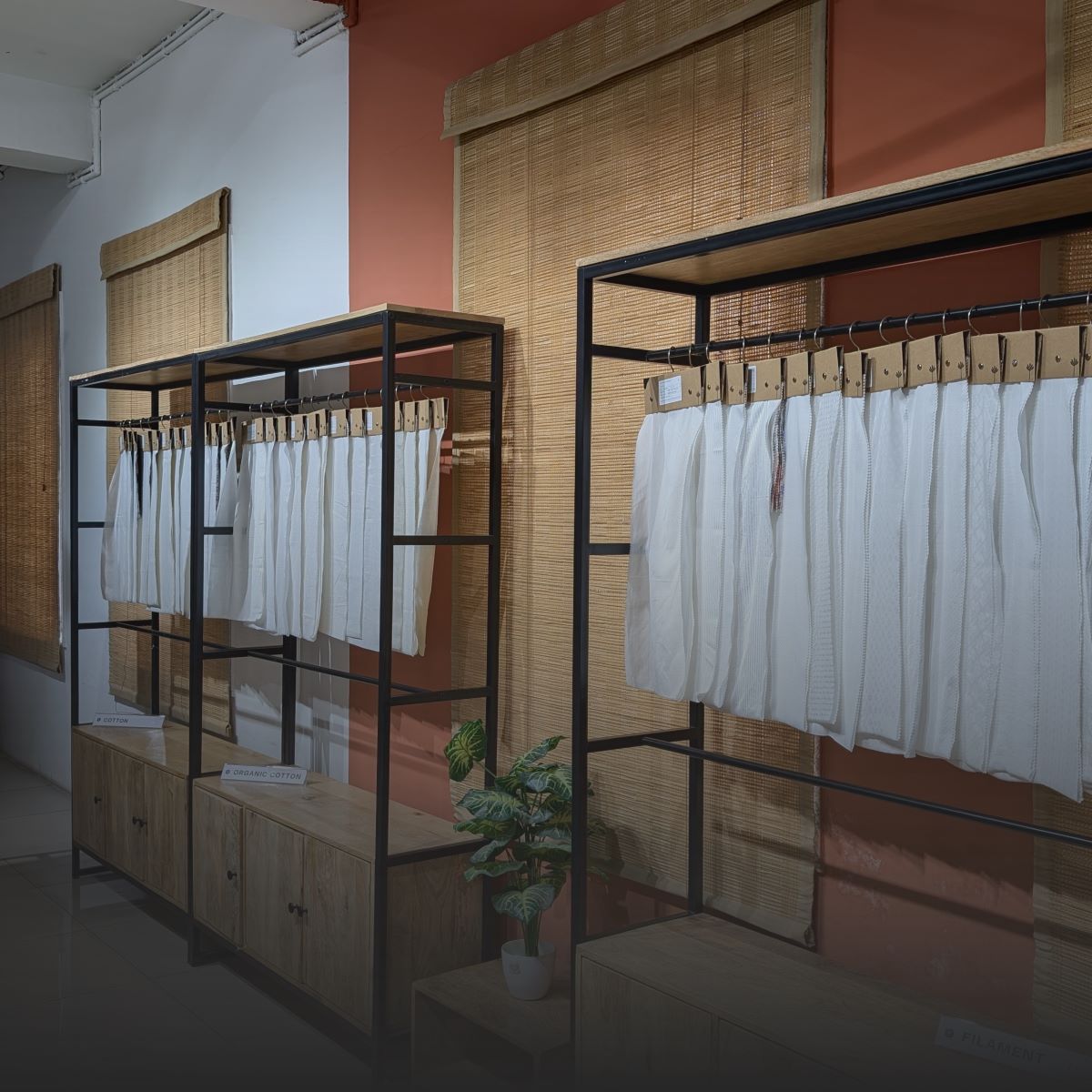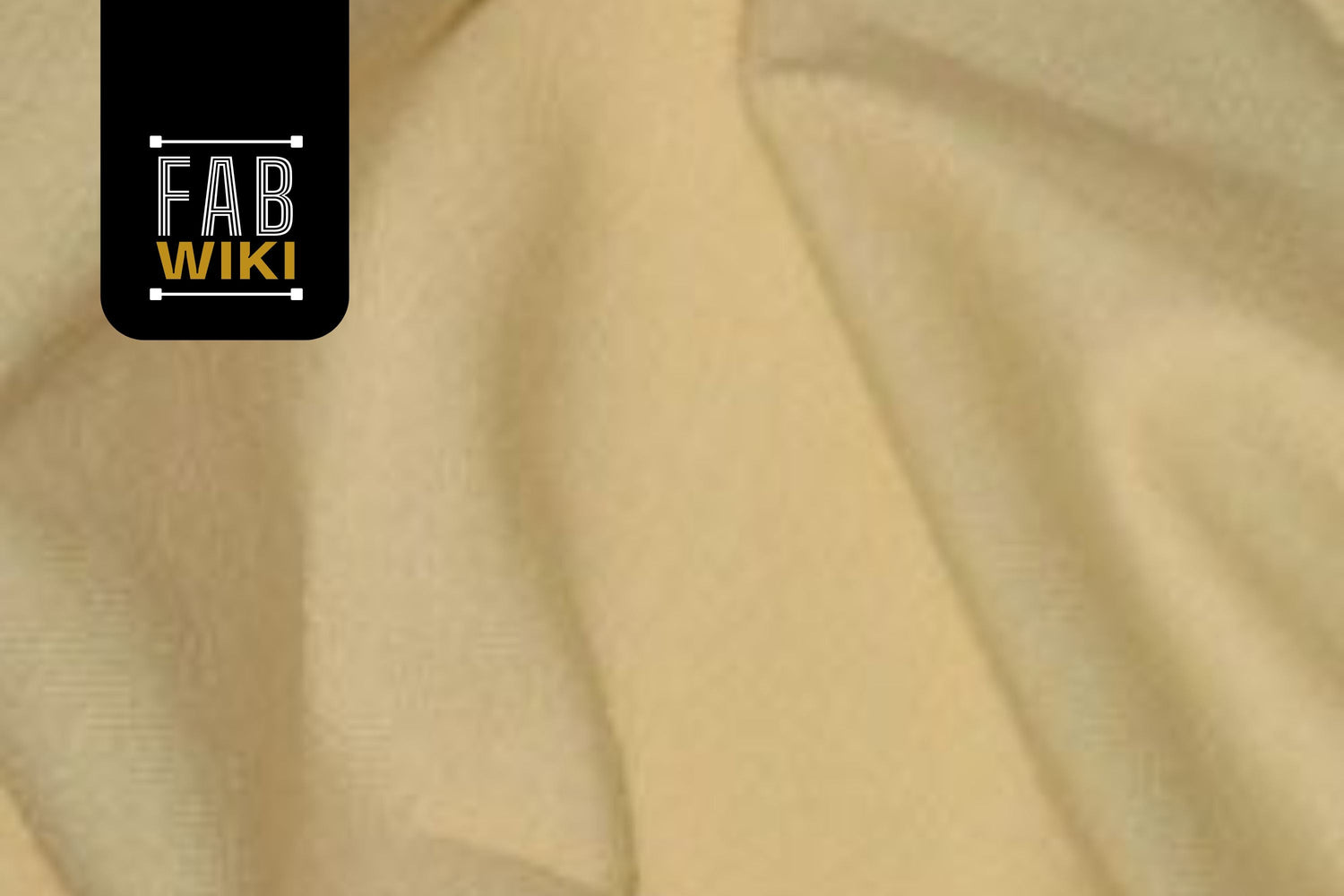Introduction to Soy Fabric
- Soy fabric is plant-based, breathable and smooth on the skin.
- It offers an eco-friendly alternative to synthetic and animal-based fabrics.
- Soy fabric supports waste reduction in the food and fashion industries.
- It suits people who prefer natural, ethical and skin-friendly materials.
The Journey: History of Soy Fabric
- Soy fabric has roots in early 20th-century America.
- Henry Ford promoted soy use to support farmers and reduce waste.
- In the 1940s, he wore clothes made with soy and wool blends.
- He even showcased a soy necktie for his birthday and used soy in car parts.
- Ford added soy fabric to vehicle upholstery during wartime shortages.
- His work stopped after World War II and his death in 1947.
- The idea of soy fabric faded for decades.
- In 1999, engineers revived it with better, cleaner methods.
- By 2003, soy fabric had became more affordable and eco-friendly.
What is Soy Fabric

- Soy fabric is a sustainable textile made from soybean pulp, which is a byproduct of tofu or soy milk production.
- Also called “vegetable cashmere,” it is known for its ultra-soft and smooth texture.
- As a cruelty-free and low-impact material, soy fabric supports ethical and sustainable fashion choices.
The Origin: How Soy Fabric is Made
- The process begins with leftover soy pulp from tofu or soy milk factories.
- This pulp contains proteins, which act as the base for the fiber.
- The proteins are extracted using a water-based process.
- These proteins are then liquefied to form a thick solution.
- These filaments are then solidified and stretched to form strong fibers.
- After drying and cutting, the fibers are spun into yarn and woven into fabric.
- The result is a smooth, plant-based textile ready for clothing and home use.
Soy Fabric and Sustainability
- The reuse helps reduce waste and adds value to a byproduct that would otherwise be discarded.
- It does not need fresh land or water to grow separately, unlike other fiber crops.
- It is biodegradable and breaks down faster than synthetic fabrics.
- No harsh chemicals are required during fiber production, making it gentler for the planet.
Pros and Cons of Soy Fabric
Pros
- Made from waste, so it supports circular production.
- Light in weight, making it easy to layer or wear year-round.
- Doesn’t trap heat, so it suits warm climates.
-
Soy fabric has a slight sheen, giving garments a polished look.
- It blends well with other fibers for flexible use.
Cons
- Not as strong as synthetic fabrics.
- It needs gentle care to last longer.
- Limited availability compared to cotton or polyester.
- It may lose shape if stretched too much.
- Production depends on food industry waste, which can vary.
How Soy Fabric Compares with Other Natural Fabrics

- Compared to cotton, soy fabric is softer and has a silk-like touch, while cotton feels more crisp and matte.
- Soy fabric offers better moisture absorption than linen, making it more suitable for humid weather.
- It is less prone to wrinkling than hemp, which makes soy garments easier to maintain.
- Unlike wool, soy fabric is plant-based and more breathable in hot climates.
- While bamboo fabric is also soft, soy fabric has a finer drape and a more elegant fall.
- Soy fiber blends well with other natural fabrics, giving it more design flexibility.
- In terms of eco-friendliness, soy fabric reduces waste but still depends on food industry byproducts.
Popular Uses of Soy Fabric in Fashion
-
Dresses: Soy fabric flows smoothly, making dresses light and elegant.
-
Lingerie: Its softness fits delicate undergarments that feel gentle on skin.
-
Athleisure: Breathable and stretchy, it suits comfortable workout and loungewear.
-
Innerwear: The fabric absorbs moisture, keeping innerwear fresh all day.
- Scarves: Soy fabric has a natural shine and smooth texture, perfect for stylish scarves.
Soy Fabric in Home Textiles
-
Bed linens: Soy fabric feels smooth and breathable, making it suitable for sheets and pillowcases that stay cool through the night.
-
Curtains: Its natural drape and soft shine bring a clean and elegant look to window spaces.
- Cushion covers: The fabric adds comfort and a refined texture to sofas and chairs, without irritating the skin.
Who Should Use Soy Fabric?
-
Eco-conscious buyers: Soy fabric supports waste reduction by using leftover soybean pulp, making it a smart choice for sustainable living.
-
People with sensitive skin: Its smooth, chemical-free surface is gentle and reduces the chance of skin irritation.
-
Vegan fashion lovers: Since it comes from plants and involves no animal products, soy fabric suits cruelty-free wardrobes.
-
Minimalist dressers: Those who prefer light, breathable clothes with a clean look will appreciate soy fabric's comfort and feel.
- All-season wearers: Its breathability and moisture control help maintain comfort in both warm and cool weather.
How Designers Can Work with Soy Fabric

- Cut with sharp scissors on a flat surface. This keeps the shape clean and even.
- The fabric drapes well. Use it for soft shapes and loose styles.
- It holds pleats and gathers without stiffness. Try it for skirts, blouses and wraps.
- Use a fine needle and smooth thread. This prevents snags and keeps seams flat.
- Sew with a straight stitch for neat lines. A zigzag works if the fabric stretches.
- Pair it with other soft fabrics like cotton or bamboo. This keeps the outfit breathable and light.
- Do not mix it with stiff or shiny fabrics. The textures will clash.
- Steam gently to remove wrinkles. Avoid pressing hard or using high heat.
Care Tips to Maintain Soy Fabric
- Use mild, natural detergent. Avoid bleach or strong chemicals.
- Do not wring the fabric. Gently press out extra water.
- Air-dry flat or hang in the shade. Keep it away from direct sunlight.
- Use low heat when ironing. A steam setting works best.
- Store in a cool, dry place. Keep it folded or on padded hangers.
- Avoid plastic bags or tight storage. Let the fabric breathe to stay fresh.
Innovations and Blends Involving Soy Fabric
- Soy fabric blends well with other materials to improve function.
- Blending with organic cotton adds strength. It also makes the fabric feel more structured.
- Adding spandex gives stretch. This works well for innerwear, activewear and body-hugging styles.
- Some blends improve wrinkle resistance and shape retention.
Challenges in the Soy Fabric Industry
- Low awareness keeps demand small. Many people still do not know this fabric exists.
- Limited availability makes it hard to find in stores or markets.
- Higher cost than cotton or polyester stops bulk buyers and brands from choosing it.
- Small-scale production means fewer factories are equipped to handle large orders.
- Sourcing soy pulp in consistent quality is still a challenge for some makers.
- Slow supply chains increase wait time for fabric delivery.
The Future of Soy Fabric in Global Fashion
- Ethical fashion brands may adopt soy fabric for its low impact and plant-based origin.
- Luxury labels are exploring new sustainable materials. Soy fabric fits the shift toward clean, natural fibers.
- Vegan fashion is growing and soy provides a silk-like feel without using animal products.
- Designers may push for blends and better finishes to compete with high-end textiles.
Why Fabriclore is Your Best Source for Soy Fabric

-
Fabriclore offers premium soy fabrics with trusted quality and tested performance.
- Use custom printing to match your unique design goals and brand identity.
- Low minimum order quantities (MOQs) help both small brands and large buyers.
- The team at Fabriclore supports you with sourcing, swatches and quick delivery.
- You get a reliable supply partner with strong customer service and fabric expertise.
Types of Soy Fabric
-
Pure Soy Fabric: Made completely from soy fibers. It feels soft and smooth, like silk or cashmere.
-
Soy-Cotton Blend: Made by mixing soy fibers with cotton. This makes the fabric stronger but still soft.
-
Soy-Spandex Blend: Soy fibers are mixed with spandex to give the fabric stretch and flexibility. Suitable for activewear and tight clothes.
-
Soy-Modal Blend: A mix of soy and modal fibers. It feels extra smooth and helps keep you dry.
- Soy-Recycled Fiber Blend: Made by combining soy fibers with recycled polyester or nylon. It lasts longer and is better for the environment.
Conclusion
Soy fabric combines comfort, eco-friendliness and style. It is made from plant waste, which helps reduce harm to the environment. The fabric feels soft and breathable. It works well for clothing and home textiles. Soy fabric is gentle on sensitive skin and supports ethical choices. As more people choose green materials, soy fabric is becoming popular for both designers and buyers. Use soy fabric to make products that care for your skin and the planet.
FAQs
Is soybean fabric good?
Yes. Soy fabric is breathable, smooth and skin-friendly. It feels like cashmere and absorbs moisture well. It is also biodegradable and plant-based, making it a smart choice for eco-conscious buyers.
What is soy fabric made of?
Soy fabric is made from the leftover pulp of soybeans. This pulp comes from tofu or soy milk production. The proteins are processed into soft, smooth fibers used to make fabric.
What is the healthiest fabric to wear?
Fabrics made from natural and chemical-free sources are best. These include organic cotton, hemp, bamboo and soy fabric. They are breathable, gentle on the skin and safe for sensitive users.
What is soy fiber used for?
Soy fiber is used in clothing, home textiles and personal items. You’ll find it in underwear, scarves, shirts, baby wear, towels and cushion covers. It’s valued for its soft feel and eco origin.




